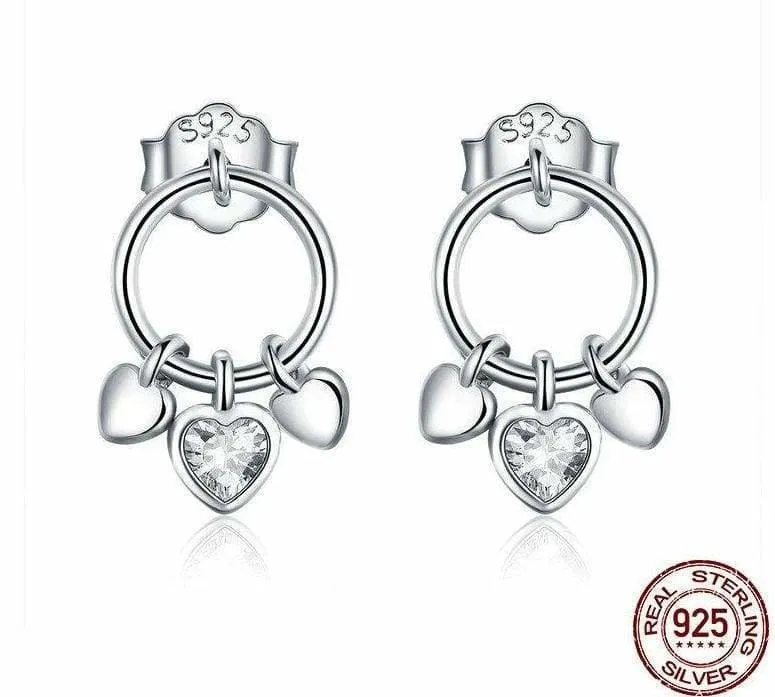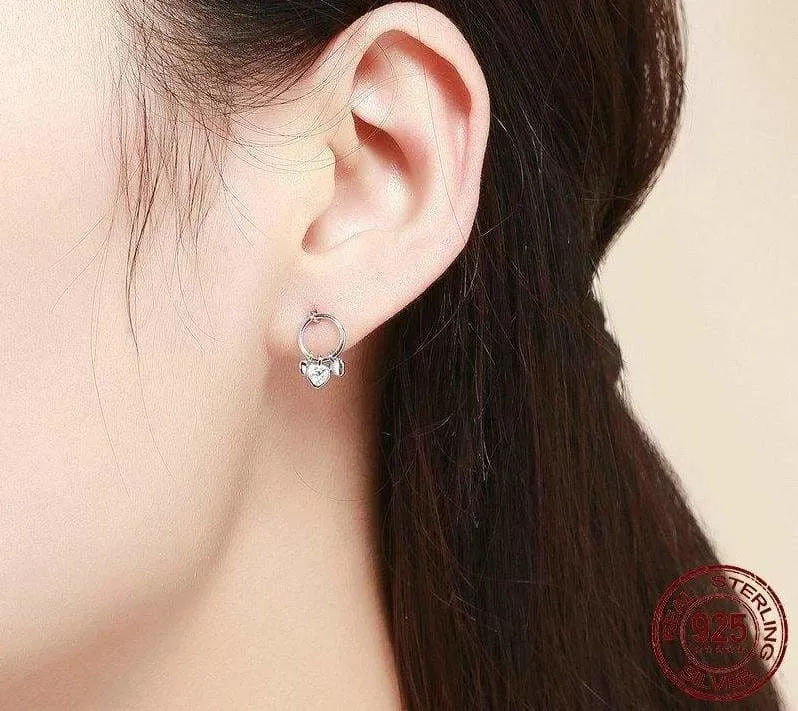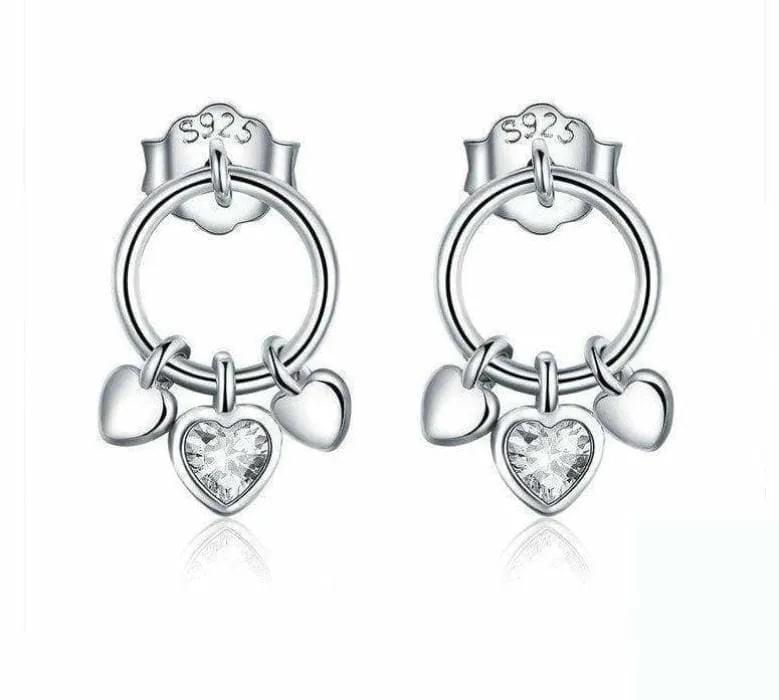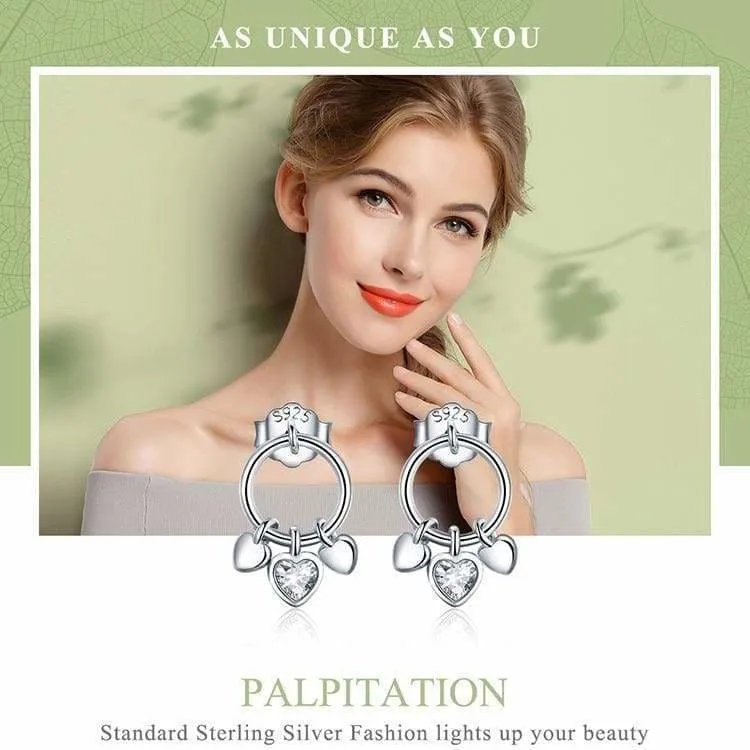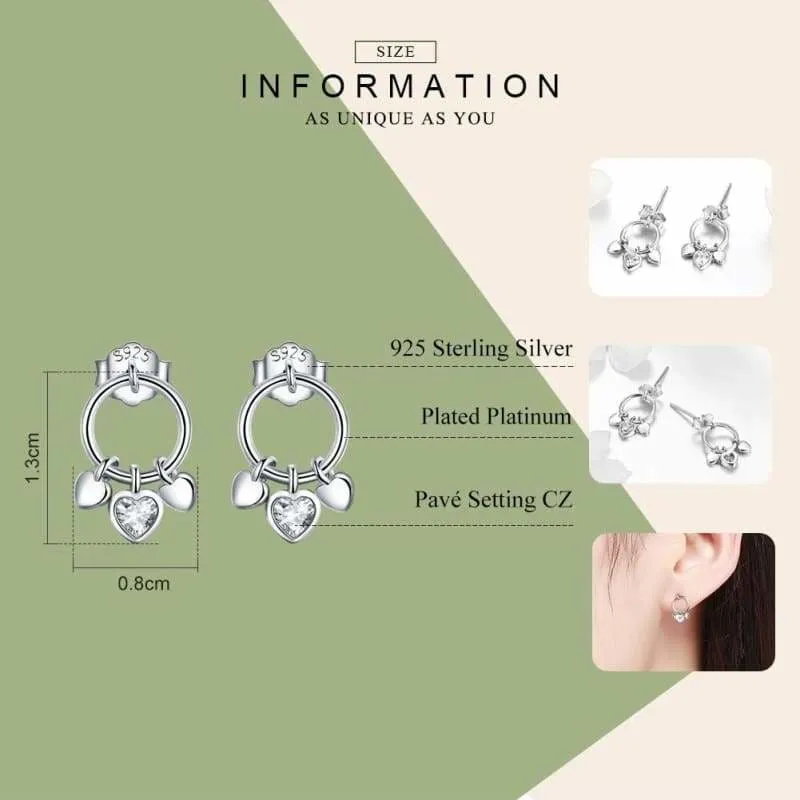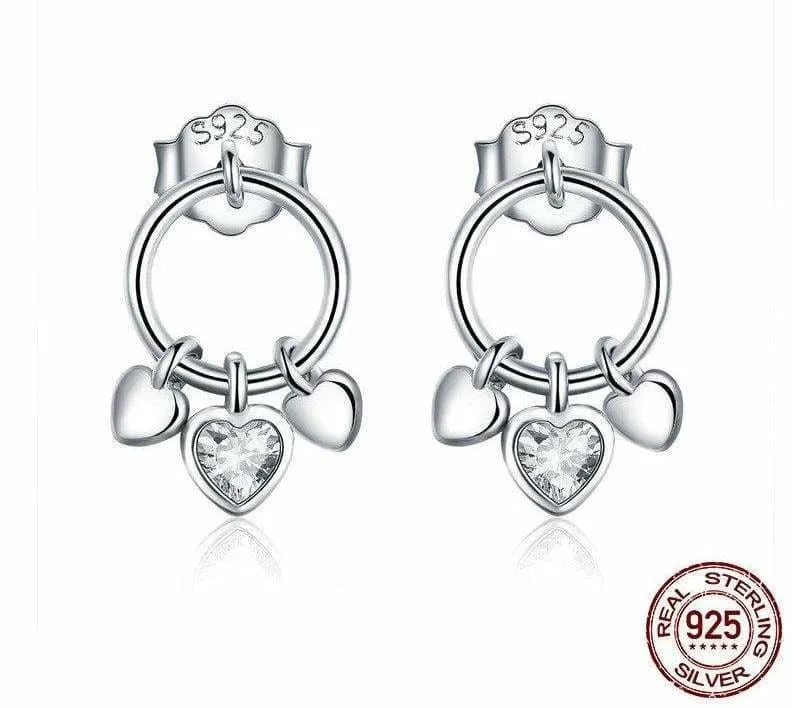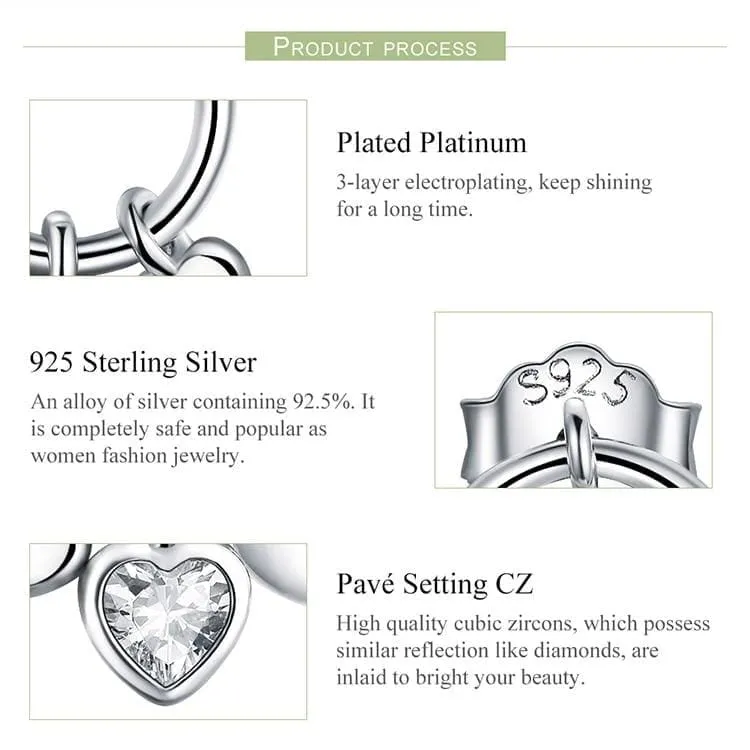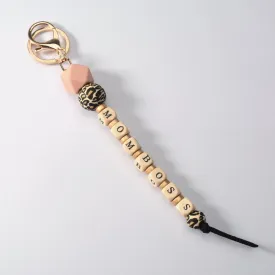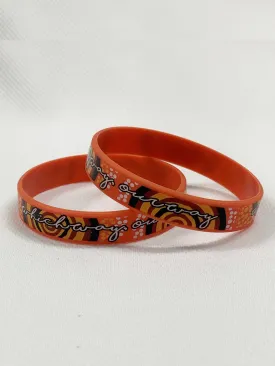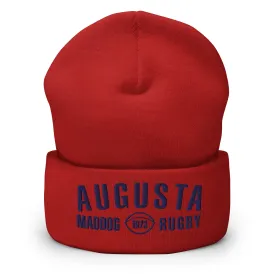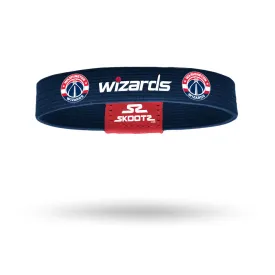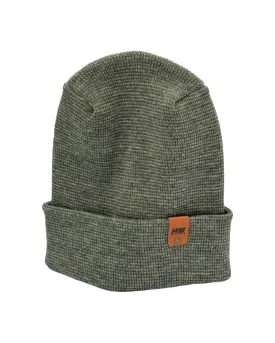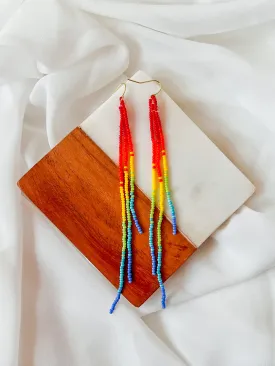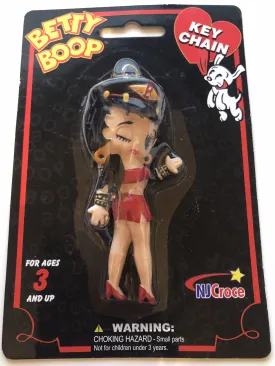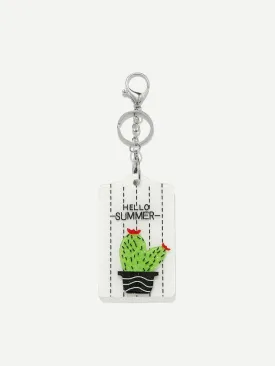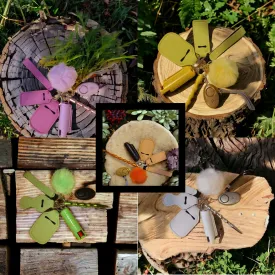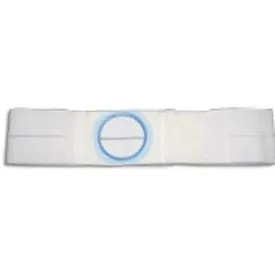🔥🔥 93% OF CUSTOMERS BUY 3 OR MORE 🔥🔥
925 Sterling Silver Heart to Heart Stud Earrings !!!
Just click the "Add To Cart" Button Below! There's very limited stock, and they will go soon!
Note: Due to High Demand Promotional Items May Take Up To 2-4 weeks for delivery.
WE SUPPORT AN AMAZING CAUSE
We're thrilled to support Nanhi Pari Foundation is a Girl Child Right Organization which works for Education, Health & Nutrition for Girl Child.
Best Buy Deal'S 7-POINT HAPPINESS CHECKLIST
1. FREE Shipping Worldwide on special offers.
2. Fast, Sure & Safe delivery.
3. Safe Payments via PayPal® and 2Checkout®.
4. 30 Day Money Back Guarantee.
5. Real humans on our support help-desk!
6.Tracking number for every order.
7. We use encrypted SSL certificates for 100% security.
What is Sterling Silver?
Sterling silver is one of the world’s most popular precious metals. Whether used for jewelry, flatware, décor pieces, or currency, all sterling silver is an alloy, because pure silver is too soft for most purposes. Sterling silver contains 92.5% (by mass) of silver, and 7.5% of one or more other metals. Copper is the most common metal added to silver to create the sterling alloy. The standard minimum millesimal (parts per thousandth) fineness of sterling silver is 925, what this means is 925 parts of every thousand is pure silver.
Archeologists have found evidence that silver-alloy tools were in use as early as the Third Millennium BC (3000-2001 BC) in what is now known as Iraq. Silver alloys were used to make medical and surgical instruments, and sterling silver is still utilized in these ways today. We now know that silver is naturally aseptic (sterile) as well as resistant to antiseptics, sterilization methods (heat and chemicals), and body fluids. The qualities added to the malleability (soft and easy to shape) make silver and silver alloys nearly perfect for a wide variety of medical uses.
The earliest reference to sterling silver in text was found in a document relating to the charter of an abbey in the area of northern France known as Normandy; the document was written in either 1085 or 1104. The word, “esterlin,” was adapted to Latin (“librae sterilensium” and “librae sterilensis monetae”) and refers to the Norman silver penny that had just been created. Across the channel, Old English produced the form of the word closer to what we use today: “steorling.” It is supposed that the word refers to the star that often appeared imprinted on early Norman pennies.
The first legal definition of sterling silver was made in 1275 during the reign of Edward I of England. The statute stated that a 12-ounce coin would contain 11 ounces and 2.25 pennyweights (a little more than a tenth of an ounce) and 17.75 pennyweights of alloy.
Starting around 1840, sterling silver became the popular choice for flatware in the United States and Europe, and enjoyed a hundred years as the world’s favorite metal. The number of silver companies grew rapidly to accommodate the demand. During the height of the “craze,” 1870-1920, dinners grew from three basic courses to ten or more extravagant ones, to showcase the scores of eating and serving pieces being created. (A place setting might include 5 forks, 6 spoons, and 5 knives, plus a napkin ring, goblet, salver, and demitasse cup and saucer made of sterling silver.)




